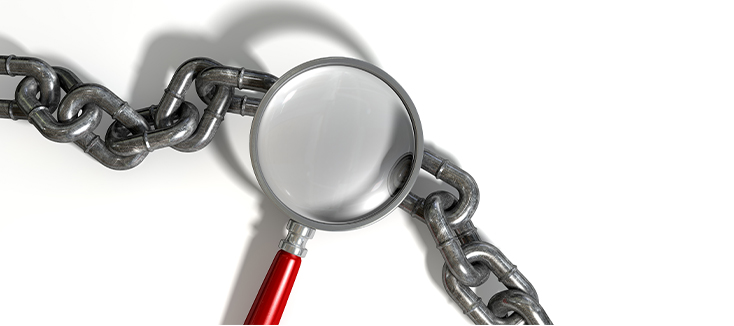The risk of spreading a healthcare associated infection (HAI) to patients is unfortunately quite high. The CDC estimates that about three percent of all patients at any given time have contracted an HAI. Not only are HAIs unbelievably expensive and damaging to a healthcare facility, but they diminish and sometimes reverse the hard work put in by healthcare professionals to get patients healthy. In some cases, they even lead to death.
To prevent these outcomes, facilities must look at the evidence available and make decisions that will minimize the risk of infection for patients in their care. One of the best and most effective ways of preventing the spread of HAIs with regards to TEE ultrasound probe reprocessing is automation.
Study after study confirms the efficacy of switching to an automated reprocessor, like TEEClean® Automated TEE Probe Cleaner Disinfector, which not only automates high-level disinfection, but also the cleaning step. A Belgian study from Ghent University Hospital showed that switching to automated reprocessing of TEE probes along with a few other changes dropped the infection rate during an outbreak of E. cloacae to zero. A German study from University Hospital Muenster states that automated disinfection has a, “significantly higher efficacy compared with a manual method,” and that the risk of contamination increased nearly threefold when disinfection was performed manually.
There are several reasons why automating your process can make such a big difference and bring down the chances of spreading an HAI.
In the first place, automation introduces uniformity and precision to the process of high-level disinfection. When disinfection is carried out manually, there is a lack of standardization. This opens the door to the possibility of human error resulting in an improperly disinfected probe. If just one step is skipped or not carried out exactly right, a TEE probe can pose a significant risk to the next patient, especially if dealing with immunocompromised patients. Automation completely resolves this issue and establishes standardization in the process.
Even when the person reprocessing the probe is following all steps, it is easy for things to go wrong. For example, ensuring that a tub of high-level disinfectant is at the proper temperature throughout the soak time and that the temperature of the liquid is even throughout is very difficult. Additionally, ensuring that the probe is in the disinfectant at the exactly right immersion depth for the correct amount of time can be tricky. Even the most attentive staff member can make a mistake and wind up with an improperly reprocessed TEE probe. An automated system, like the TEEClean or TD 200®, will always ensure probes are being high-level disinfected for the right time and temperature for the entire process.
On top of all that, there is the potential for damage that comes from manual reprocessing which makes it easier for biofilm to develop on a probe’s shaft. For example, a probe can accidentally be left in high-level disinfectant for too long which can damage and erode the probe shaft. Also, by virtue of being handled for longer periods of time and needing to shift probes from one basin to another, the chances of nicking, scraping, and banging the probe’s shaft and delicate distal tip increase significantly when manually reprocessing. Damaged probes must then be repaired or replaced because they are harder to disinfect and may harbor dangerous bacteria. When utilizing an automated system, handling of the probe is dramatically reduced, thus minimizing the risk of damaging a TEE probe.
Ultimately, one of the most effective ways of stopping the spread of HAIs is implementing an automated TEE probe reprocessor at your facility. Automation is key to achieving standardization, thorough disinfection, and keeping pricey TEE probes safe.


